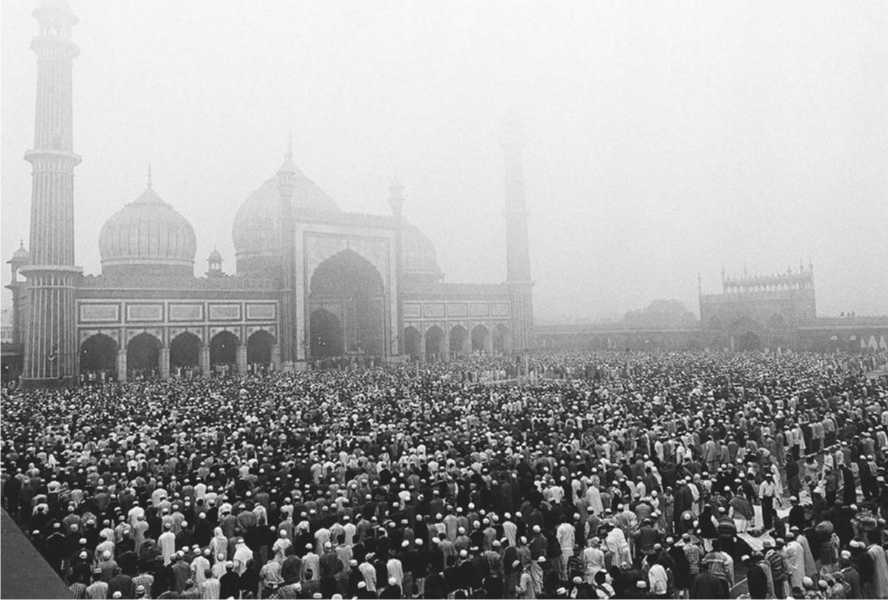Today the Indian subcontinent is divided into several countries, most notably India, Pakistan, and Bangladesh. The latter two, in the west and east, respectively, have Muslim majorities, whereas India's population is overwhelmingly Hindu. It would be hard to imagine two religions more different than Islam, which worships a single God, and Hinduism,
Hindu and Buddhist Rulers of India

Throughout the Middle Ages, there were numerous Hindu - and Buddhist-dominated kingdoms in India, primarily in the central and southern portions of the subcontinent. These have received far less attention than their Muslim counterparts, largely because the southern realms were not significantly connected to events outside the country. By contrast, the Delhi Sultanate was religiously linked with the Middle East and confronted invasions by the Mongols and Tamerlane.
Nonetheless, it is fascinating to study Hindu dominions such as the Chal-ukya (KUH-luh-kyuh) empire, which rose and fell periodically between about 600 and about 1200. Most notable among the rulers of the Chalukya, who controlled the Deccan Plateau of central India, was Pu-lakesin II (pul-uh-KAY-shin; ruled 610-42). Like his foe Harsha (see box in Mansa Musa entry), against whom he scored a victory in 620, Pulakesin received a visit from the Chinese pilgrim Hsuan-tsang.
Among the kingdoms with which Pulakesin did battle was that of the Pallava dynasty. The latter ruled southern India from about 300 to about 900, and established settlements in the Malay lands of Southeast Asia. The Pallavas were overtaken by the Cholas, a dynasty of Tamils from Ceylon who controlled southern India from about 900 to about 1200.
Most notable among the Chola rulers were a father and son, Rajaraja I (ruled 985-1014) and Rajendra (ruled 1014-44). Rajaraja built their empire into a large and unified one, defeating a number of other kingdoms along the way. He was also the first significant ruler of India to employ naval forces, which he used for conquests of Ceylon and the Maldive Islands. Rajendra extended Chola rule far into the north of India, up to the Ganges River, and conducted extensive trade with Southeast Asia.
With its many gods. In large part because of the clash between Hinduism and Islam, India was separated into Hindu and Muslim nations when it achieved independence in 1947.
The roots of Hinduism in India go back thousands of years, but Islam only entered the country with an invasion by forces from the Middle East in 711. Thus began the first of many Muslim dynasties in India, this one a short-lived sultanate in what is now Pakistan. These Muslim invasions took place primarily in the north; in southern India, Hindu and Buddhist kingdoms prevailed (see box).

Muslims pray at Jama Masj'id, India's largest mosque, during the holy month of Ramadan in January 2000. Islam is not the maj'ority religion in India today, but in Ala-ud-din's time, it was politically dominant. Reproduced by permission of the Corbis Corporation.




 World History
World History









